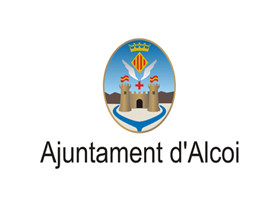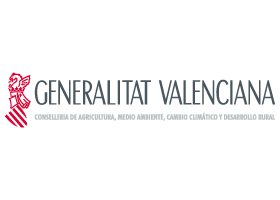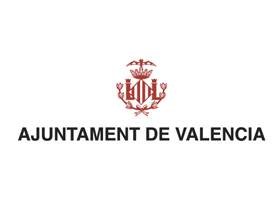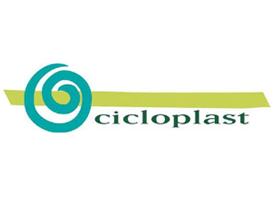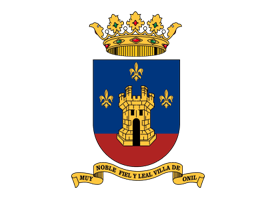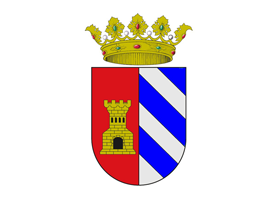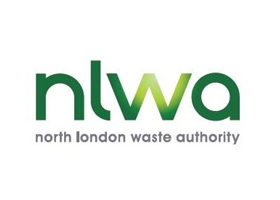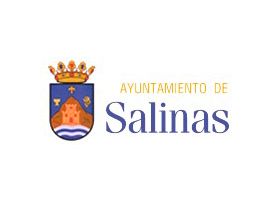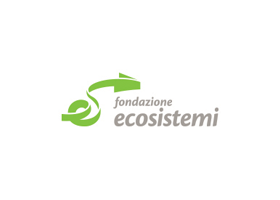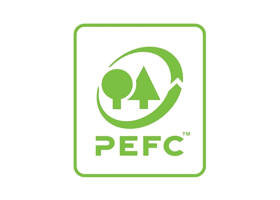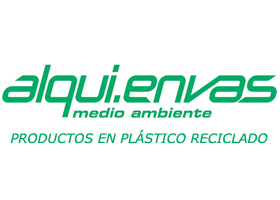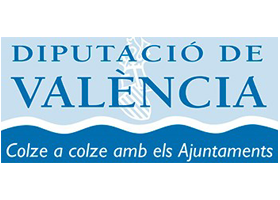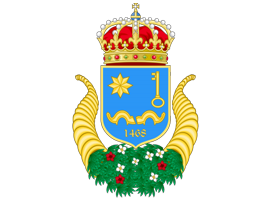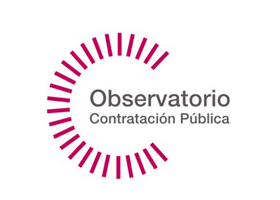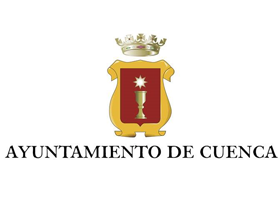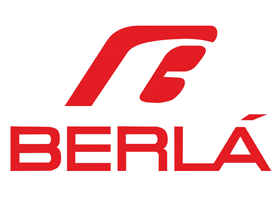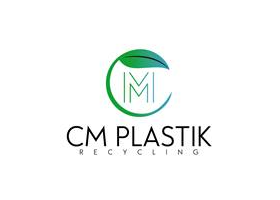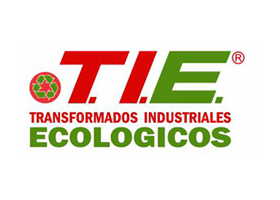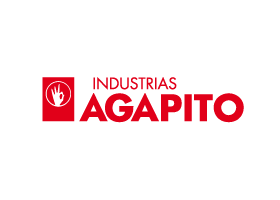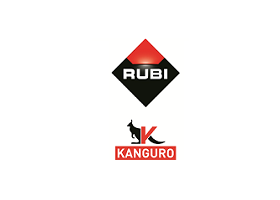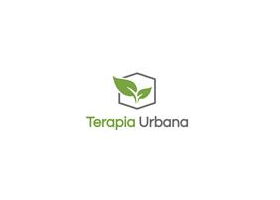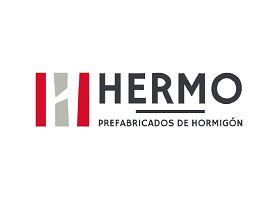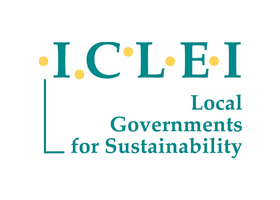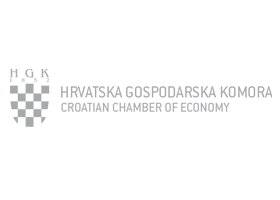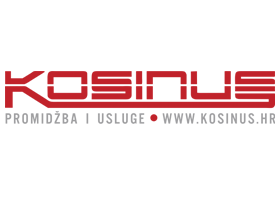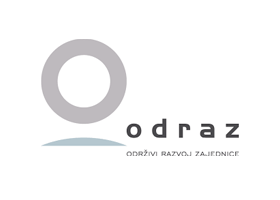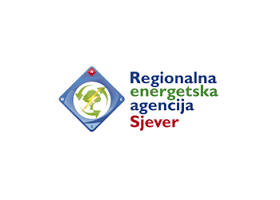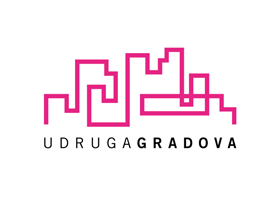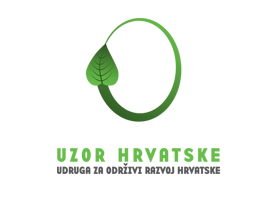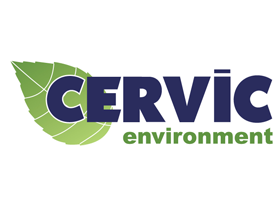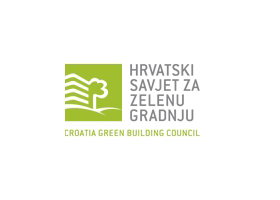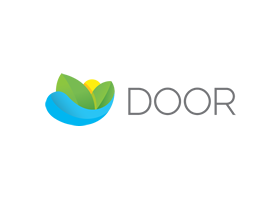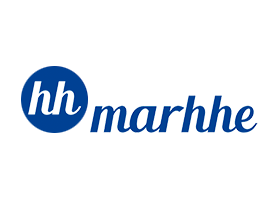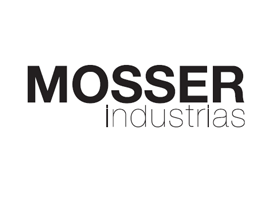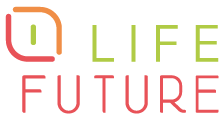In this section, you can access to the latest technical information related to the FUTURE project topic.
LONDON--(
BUSINESS WIRE)--Technavio’s latest market research report on the
global pigments market provides an analysis of the most important trends expected to impact the market outlook from 2017-2021.
defines an emerging trend as a factor that has the potential to significantly impact the market and contribute to its growth or decline.
One of the key factors resulting in the growth of the global pigments market is the increased demand for effect or solar reflective pigments. Effect pigments are characteristic of differentiated appearance. The automotive industry is expected to benefit from the superior properties of effect pigments. Solar radiation is one of the prime reasons for heat build-up. Solar reflective pigments are becoming increasingly popular as they combat the heat island effect in urban areas.
Avail offer: Get 50% off on this report and all other reports covering industries like ICT; energy; food and beverage; healthcare and life sciences; automotive; industrial automation; education; and many more. Offer valid only from Dec 18 – Jan 7.
The three emerging market trends driving the global pigments market according to Technavio research analysts are:
- Biopigments: the way forward
- Growing prominence of sustainable paints
- Increased demand for pigments with functional benefits
Looking for more information on this market' Request a free sample report
Technavio’s sample reports are free of charge and contain multiple sections of the report including the market size and forecast, drivers, challenges, trends, and more.
Biopigments: the way forward
Organic pigments have become the preferred choice for informed manufacturers and health and safety conscious consumers. This has further resulted in the increased use of organic pigments, irrespective of the price component. Inorganic pigments often contain lead (Pb), chromium (Cr), and cadmium (Cd). Although they provide excellent colorfastness, the environmental implications of these inorganic pigments are a matter of concern. Recently, trends have shifted such that bio-based raw materials are being used that significantly reduce the VOC.
According to Hitesh Bhatia, a lead analyst at Technavio for paints, coatings, and pigments, “The efficient use of bio-based raw material has an additional advantage for manufacturers. Manufacturers can be shielded from the volatile oil prices that in turn, will significantly reduce the supply chain risk. In addition, the carbon footprint is reduced, as the amount of new carbon released is restricted. Hence, it helps keep a check on the carbon cycle as well.”
Growing prominence of sustainable paints
Paints and coatings consume large volumes of pigments. They are responsible for imparting color and finish along with protecting the surface from corrosion and harsh weather. Inorganic pigments are known to exhibit elastic properties and find use in applications that need metallic finishes. Significant reduction in the use of lead compounds in specialized industrial paints has been observed. Low VOC containing paints and coatings are increasingly gaining prominence as volatile hydrocarbons are known to cause pollution.
Non-toxic paints are available in a variety of labels such as low-VOC, no-VOC, VOC-free, natural, or organic. However, the standard for defining these labels is not yet set and is often misused. Ecological labels have been developed mostly to indicate the regulatory and compliance standards to help consumers make informed choices. The paints and coatings industry is expected to completely get transformed with the development of low-cost, sustainable, and high-quality paints.
Increased demand for pigments with functional benefits
Inorganic pigments are being increasingly used to enhance aesthetics and the functional values in both the paints and plastics segments. These pigments provide protection against bad weather conditions, dampness, corrosion, fungi, and other destructive influences on the building. Continuous exposure to heat and rain may damage the buildings. There exists a high demand for paints with functional benefits that can address these issues. Furthermore, vendors are developing paints and coatings that reflect heat rays from buildings.
“Some inorganic pigments are used as plasticizer dampened powders that enable functional benefits such as light reflection, opacity, and gas and vapor barrier along with providing heat-reflecting properties. These functionalities provide value addition and enhance the visual appearance,” says Hitesh.
Browse Related Reports:
About Technavio
is a leading global technology research and advisory company. Their research and analysis focuses on emerging market trends and provides actionable insights to help businesses identify market opportunities and develop effective strategies to optimize their market positions.
With over 500 specialized analysts, Technavio’s report library consists of more than 10,000 reports and counting, covering 800 technologies, spanning 50 countries. Their client base consists of enterprises of all sizes, including more than 100 Fortune 500 companies. This growing client base relies on Technavio’s comprehensive coverage, extensive research, and actionable market insights to identify opportunities in existing and potential markets and assess their competitive positions within changing market scenarios.
If you are interested in more information, please contact our media team at media@technavio.com.

» More Information
« Go to Technological Watch
